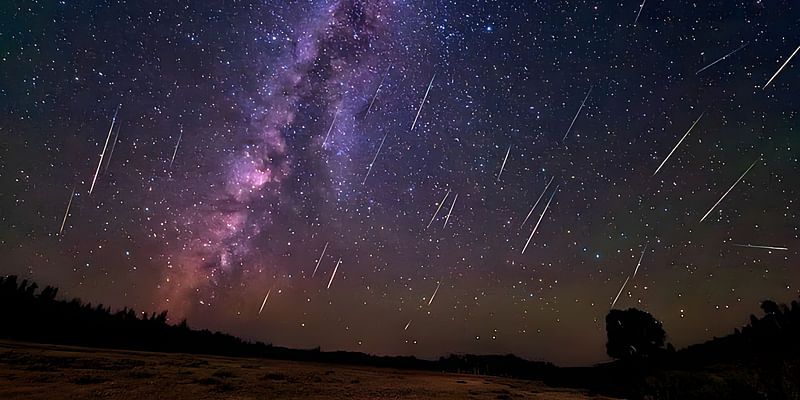
The annual Perseid meteor shower, often considered one of the most spectacular celestial events, is anticipated to reach its peak on the night of August 12 and the early hours of August 13, 2023. Conditions this year are predicted to be particularly favorable.
The Perseids, along with the Geminids of December, are two of the most dependable annual meteor showers. Originating from comet 109P/Swift-Tuttle, these meteor showers occur as Earth’s orbit passes through the densest part of the Perseid meteoroid stream. During this phase, meteoroids ranging from sand grain size to pebble size collide with the Earth’s atmosphere at 60 km per second, producing beautiful streaks of light, often termed as “shooting stars”.
The viewing experience varies, but in optimal conditions under a clear dark sky, an observer might see more than 60 Perseids per hour between midnight and dawn. These rates can fluctuate yearly. The meteors appear to emanate from a point between the Perseus and Cassiopeia constellations, known as the radiant point. As the night progresses and the radiant rises higher, the frequency of meteors increases.
2023 offers an opportune viewing period due to favorable moon conditions. Last year, the full moon’s brightness hampered the visibility of the Perseids. In contrast, this year, the moon will be a dim waning crescent, rising late, and thereby reducing moonlight interference.
For the best viewing experience, it’s advisable to find a spot away from city lights, where the sky is wide and open. Avoid the usage of bright lights or devices, as it takes the human eye about 20 minutes to adjust to the dark. It’s best to focus your gaze halfway between the radiant and the point directly overhead, although your eyes can wander.
Counting meteors is a simple activity – just mark whenever a “shooting star” is seen. Keeping note of the times and any interruptions can help in making a more accurate count.
Historically, the Perseids have been observed as far back as 36 AD in Chinese records. In Medieval Europe, they were known as “The Tears of St. Lawrence”, in commemoration of the Christian deacon Laurentius’s martyrdom.
Finally, to assuage any fears, despite the speed and number of the meteors, watching the Perseid meteor shower is completely safe. The particles burn up in the atmosphere, posing no threat to spectators on the ground. The only dangers might be getting drenched with dew or falling asleep! So, get ready for a stellar spectacle this August.










